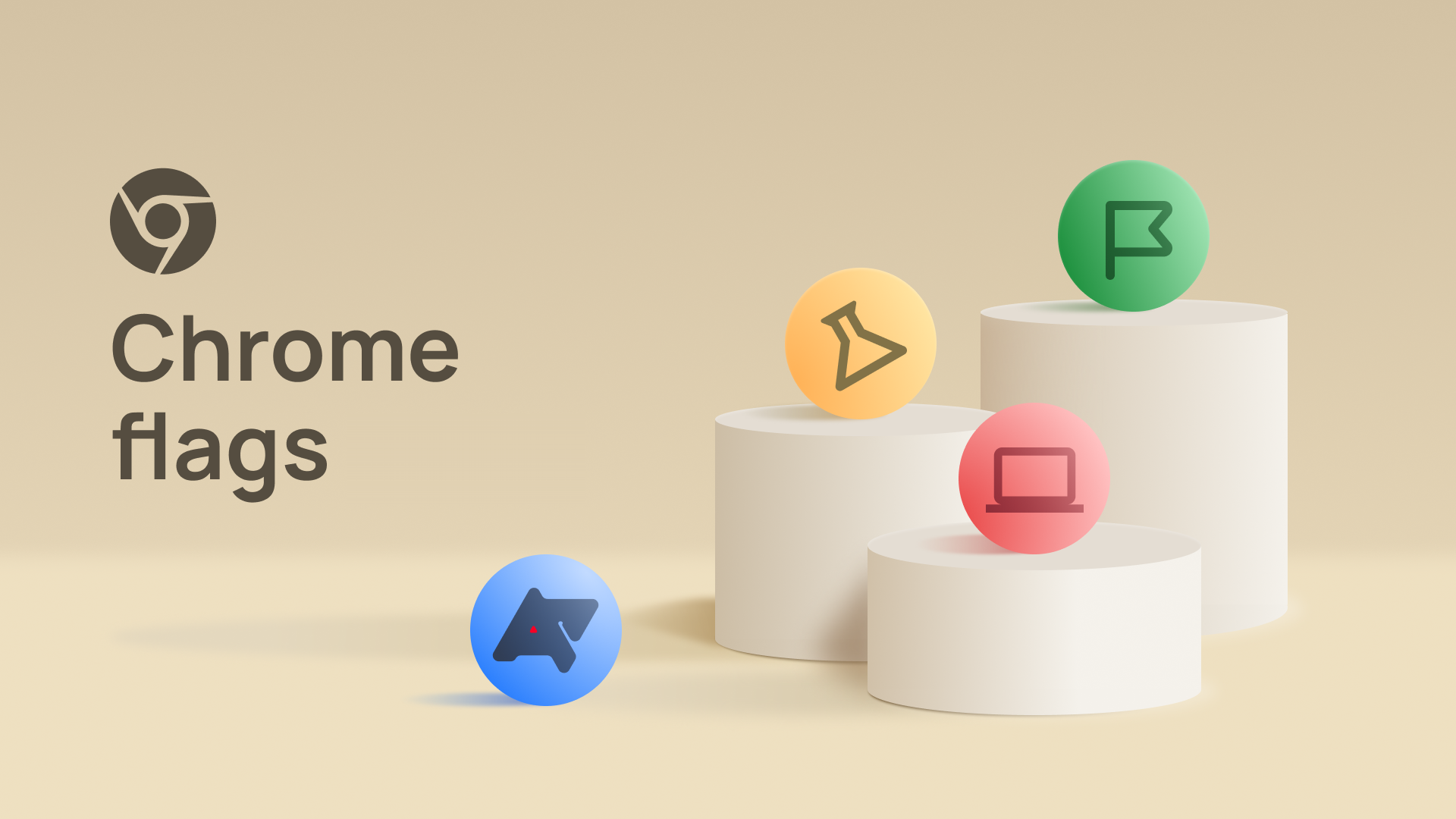Google Chrome is a priority choice for most people, with solid features, seamless integration with other Google services, and dominance in the Android phone market. Its Chromium foundation is the building block that many of its competitors, like Microsoft Edge, Vivaldi, and Brave, are created with. That's why you can expect a similar feature set across Chromium-based browsers. Beneath these features are hidden experimental tricks you can activate to enhance your browsing experience. Google calls them Chrome flags, and we explain all you need to know about them.
What are Chrome flags?
Google Chrome and other Chromium-based browsers have fast-paced development cycles. A new version of Chrome is released every four weeks, so developers often work on a new feature for more than one revision. New features also need to be tested by website developers. They need to figure out use cases for new capabilities and ensure their sites are compatible with them. Sometimes, Google wants to test user-facing changes with a small percentage of users before rolling them out widely.
This is achieved via flags. A flag is a term used in software development to describe a feature you can turn on or off on the fly without a new software version or changes to the code. That's what flags are in Chrome.
Flags allow the browser and web developers to turn certain features on and off as needed. While other programs hide flags from regular users, Chrome doesn't do this. No one will stop you from activating or deactivating experimental features like a developer, so you can try out new stuff beforehand. However, this isn't the case for all flags in Chrome because some are hidden and device-specific. Still, you'll find a good chunk of accessible flags.
As with experimental features or betas, you could corrupt your browsing data after turning on or off the wrong combination of flags, and there are possible privacy implications with some. We recommend only turning on the flags we talk about in our coverage or that you learned about from other trustworthy sources. Chrome's top hidden features are enough for most users.
How to activate and deactivate Chrome flags
With the disclaimer above in mind, activating and deactivating Chrome flags is simple. Whether you're on your desktop or Android phone, open a new tab in your browser and enter chrome://flags into the address bar. A new page shows the list of available experimental features. Scroll through the list or use the search field at the top to find what you want to tweak.
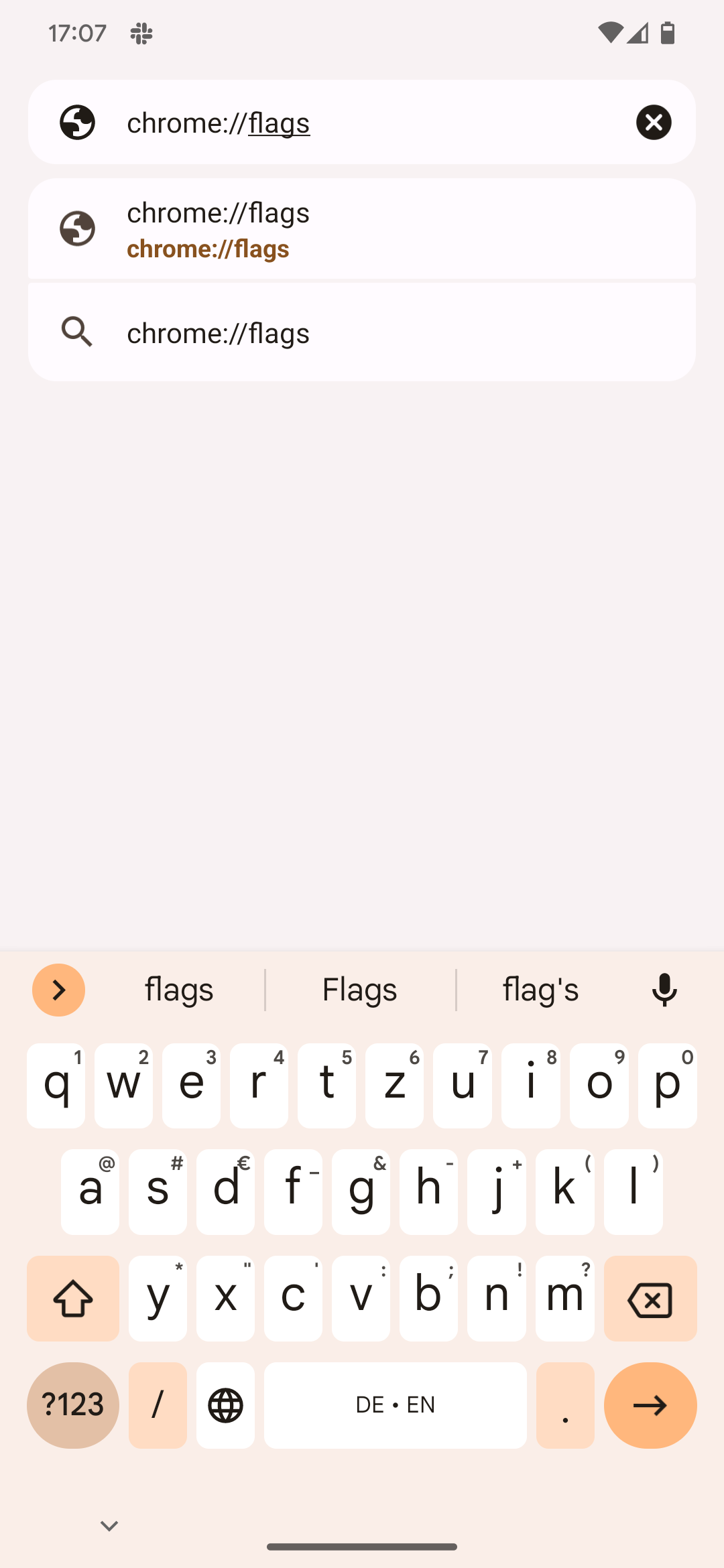
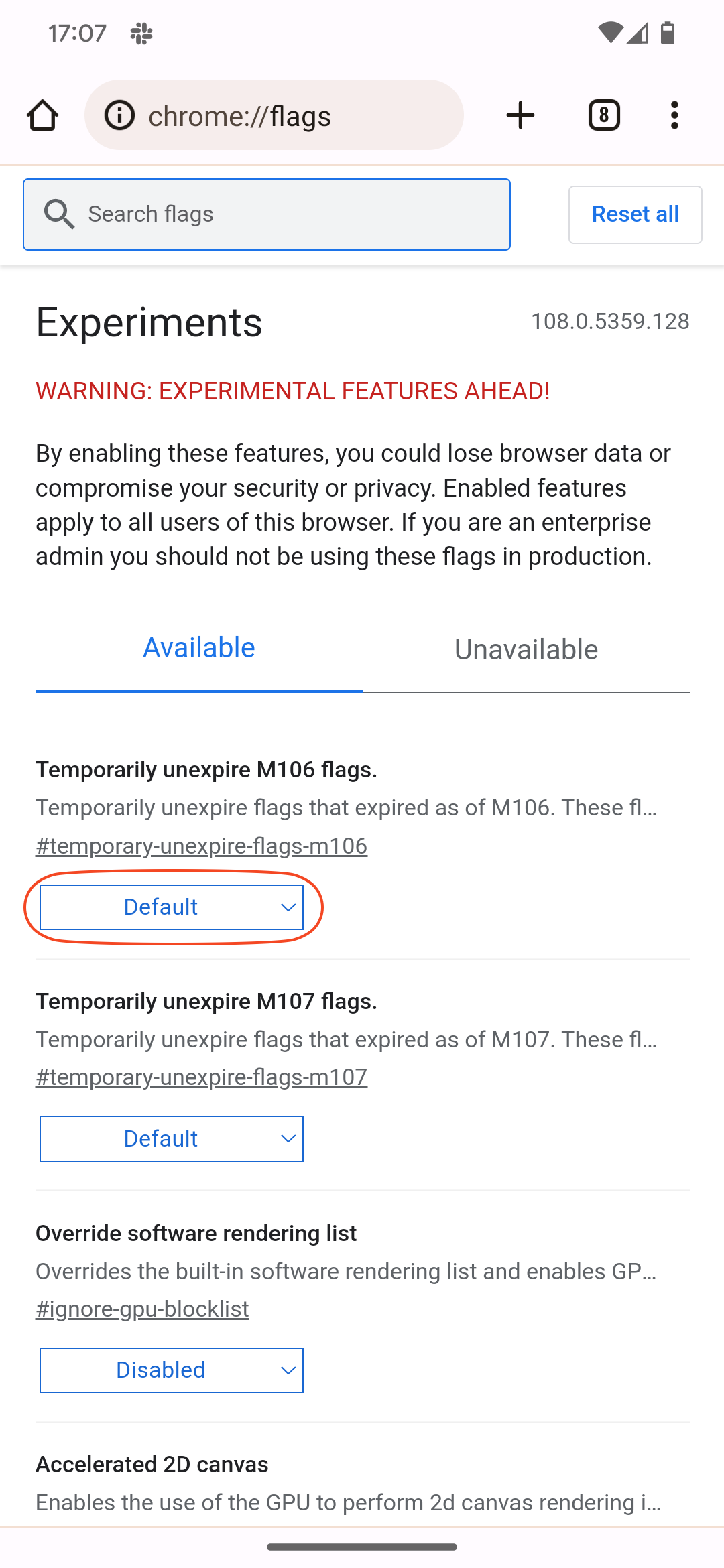
When you find a flag you want to change, select the blue drop-down menu below it and choose your desired state. You can usually choose between Default, Enabled, or Disabled, though some flags have more than these options. Repeat the same step for as many flags as you want to tweak. A panel at the bottom asks you to relaunch your browser to apply the changes. When you're done, tap the Relaunch button.
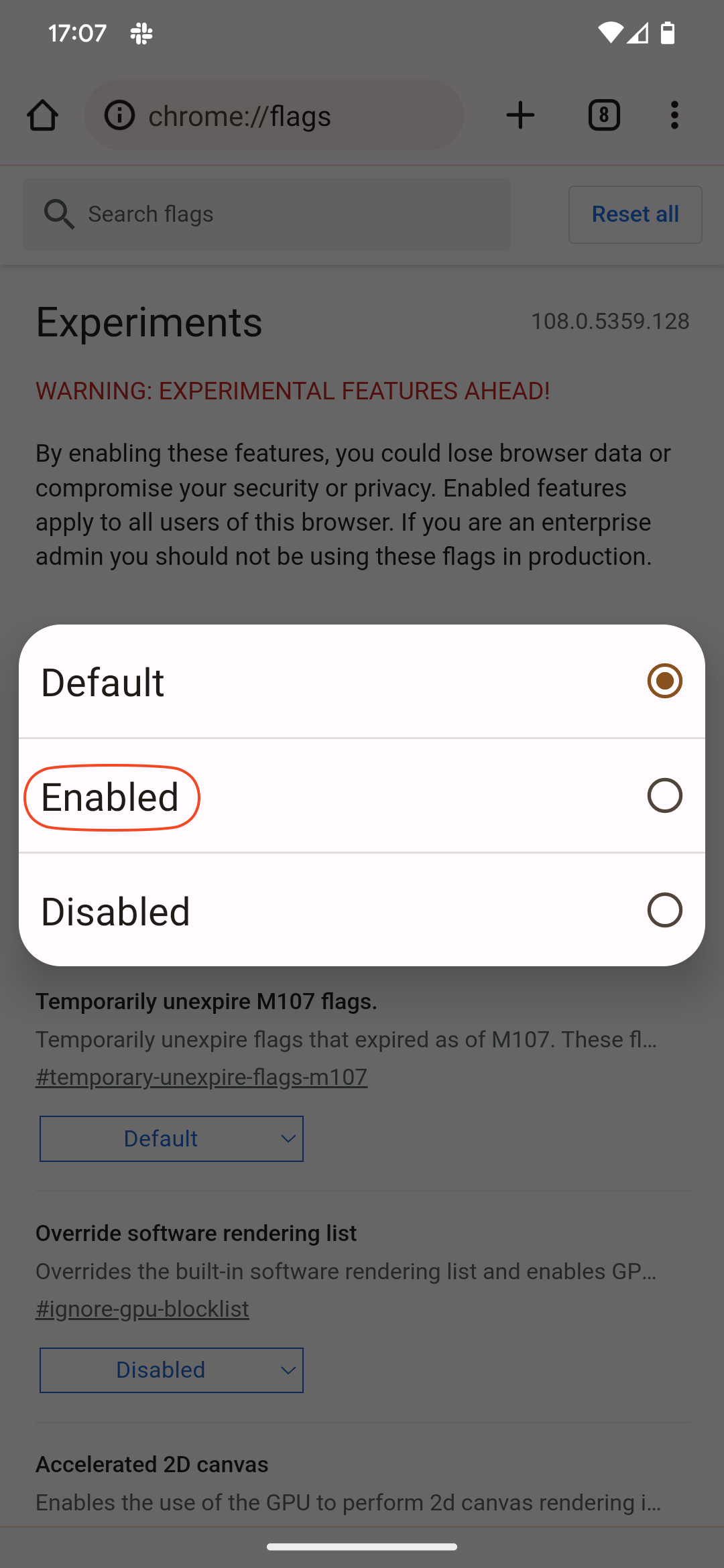
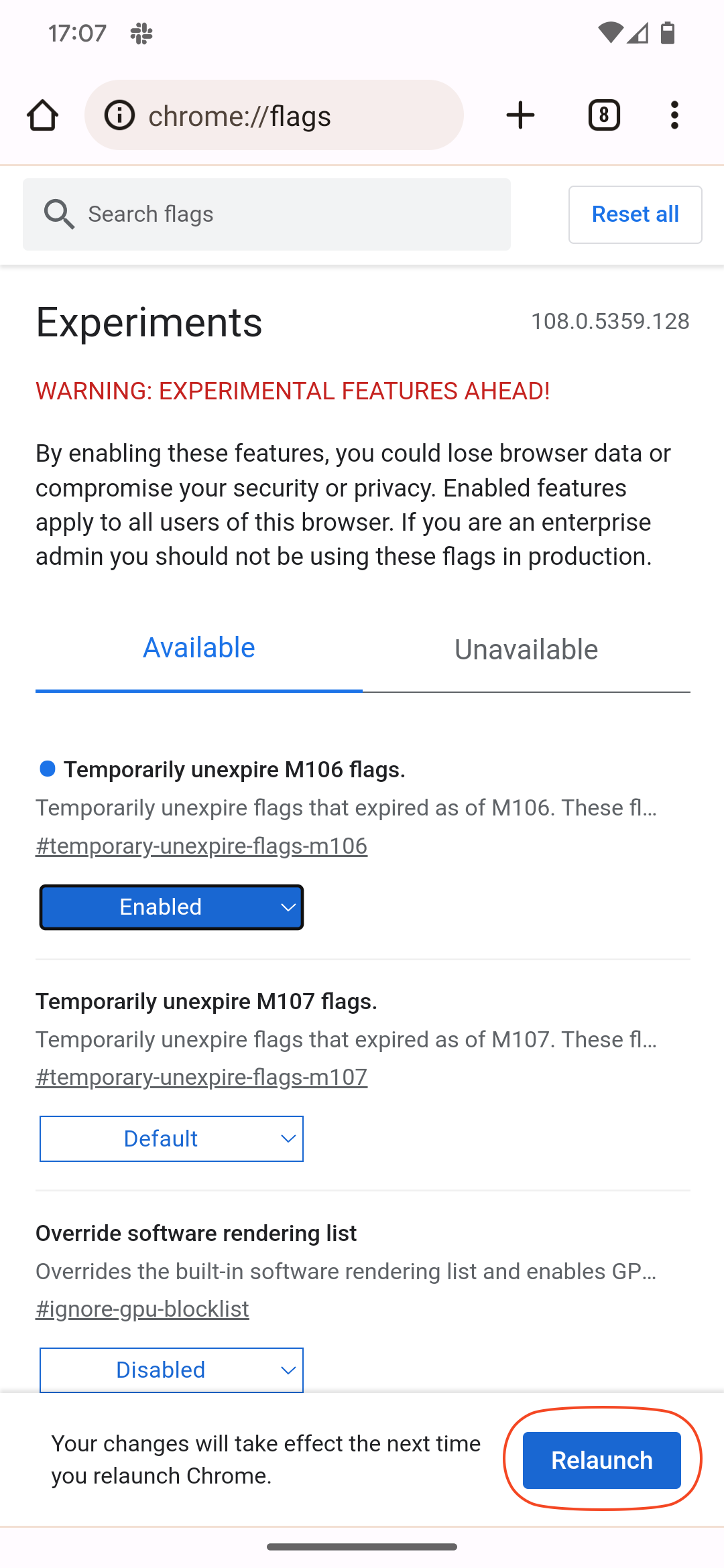
Depending on the flag you tweaked, a pop-up may notify you of new changes or extra toggles in Chrome settings. If anything goes wrong, return to the chrome://flags page and tap the Reset all button in the upper-right corner to revert all flags to default.
Supercharge your browsing experience with Chrome flags
Chrome flags change occasionally, and Google removes some as they turn to regular features. The flags you can change depend on your Chrome version and compatibility with your platform. While you can experiment on your own, we recommend following our coverage on what's new in every version of Chrome to learn which tweaks you can make to your browser.

